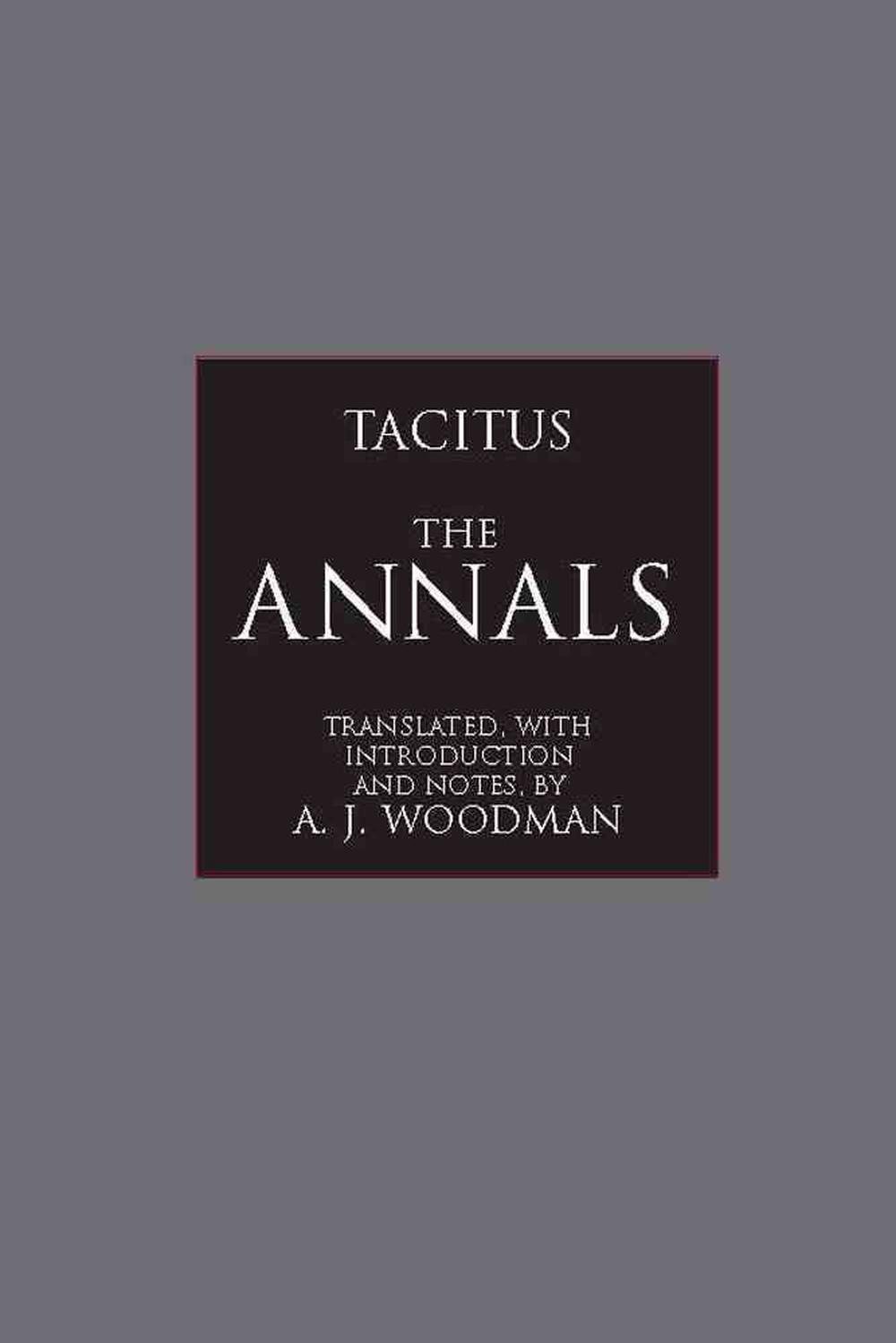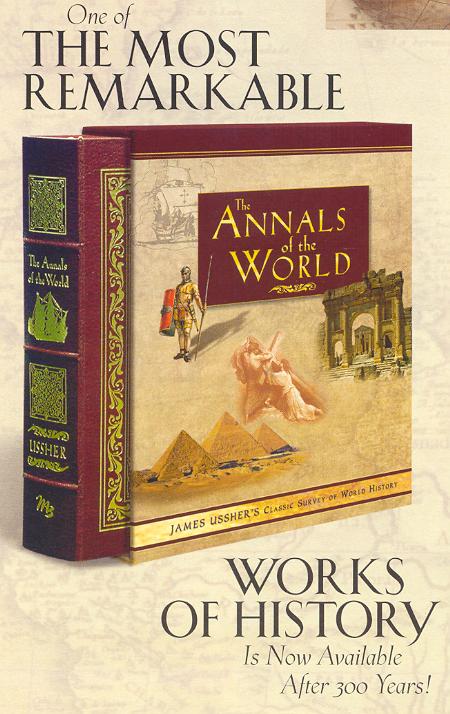
However, these annals are not comprehensive and what is not included can sometimes be just as telling as what is included. The majority of the annals death with obituaries of important figures or conflicts involving a great deal of violence. Beyond their inherent value as a record of contemporary (or near-contemporary, as some entries are post-dated) Irish events, these annals also provide a window of study for events outside the island that Irish annalists had taken note of, such as the Becket affair. The dates of these annals cover the period prior to, during, and several centuries after the Angevin entrance into Irish history, despite some unfortunately-timed lacunae. Importance for the study of Angevin history: This distinction and other differences in dating has lead Daniel McCarthy to instead refer to the Annals of Clonmacnoise as “Mageoghagan’s Book,” as Conell Mageoghagan himself referred to the “old booke.” After 911, this group subdivides and the Annals of Clonmacnoise fall into what Grabowski and Dumville has called a “Clonmacnoise group-text,” though the Annals being discussed should not be confused with the hypothetical text on which the Annals of Clonmacnoise, Tigernach, and Roscrea are based. The Annals of Clonmacnoise, along with the Annals of Inisfallen, Ulster, Tigernach, Roscrea, Boyle, and the Chronicon Scotorum contain virtually identical descriptions of events from 432 to 911, leading many scholars to believe that this group of texts are based on a hypothetical “Chronicle of Ireland.” Within this time period, scholars have identified certain segments that seem to focus on major ecclesiastical events and deaths in different geographic areas, suggesting a moving authorship in various churches and monasteries for the Chronicle. Nine full manuscripts of his translation are extant, one of which has only been uncovered in the early part of the 21st century, and two more manuscripts contain only citations from these annals. Furthermore, Daniel Murphy points out that in several places Mageoghagan even informs the reader that he does not intend to include certain passages “for brevity’s sake,” or because he was “loath to translate” them. Unfortunately, Mageoghagan tells us that the manuscript he was working from was in acute disrepair, and sections of it were often missing or difficult to read.



The Irish manuscript on which Mageoghagan based his translation has since been lost, and thus his translation is the only lens through which these annals survive. These annals trace Irish history from the “earliest period” (Creation) until 1408. In 1627, Conell Mageoghagan, a historian from County Westmeath, per the request of his brother-in-law, translated into English an “old booke” of Irish annals, which have come to be known as the Annals of Clonmacnoise.


 0 kommentar(er)
0 kommentar(er)
